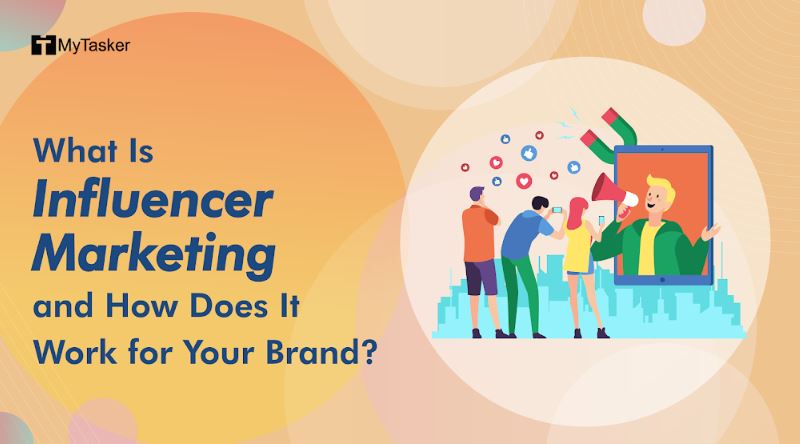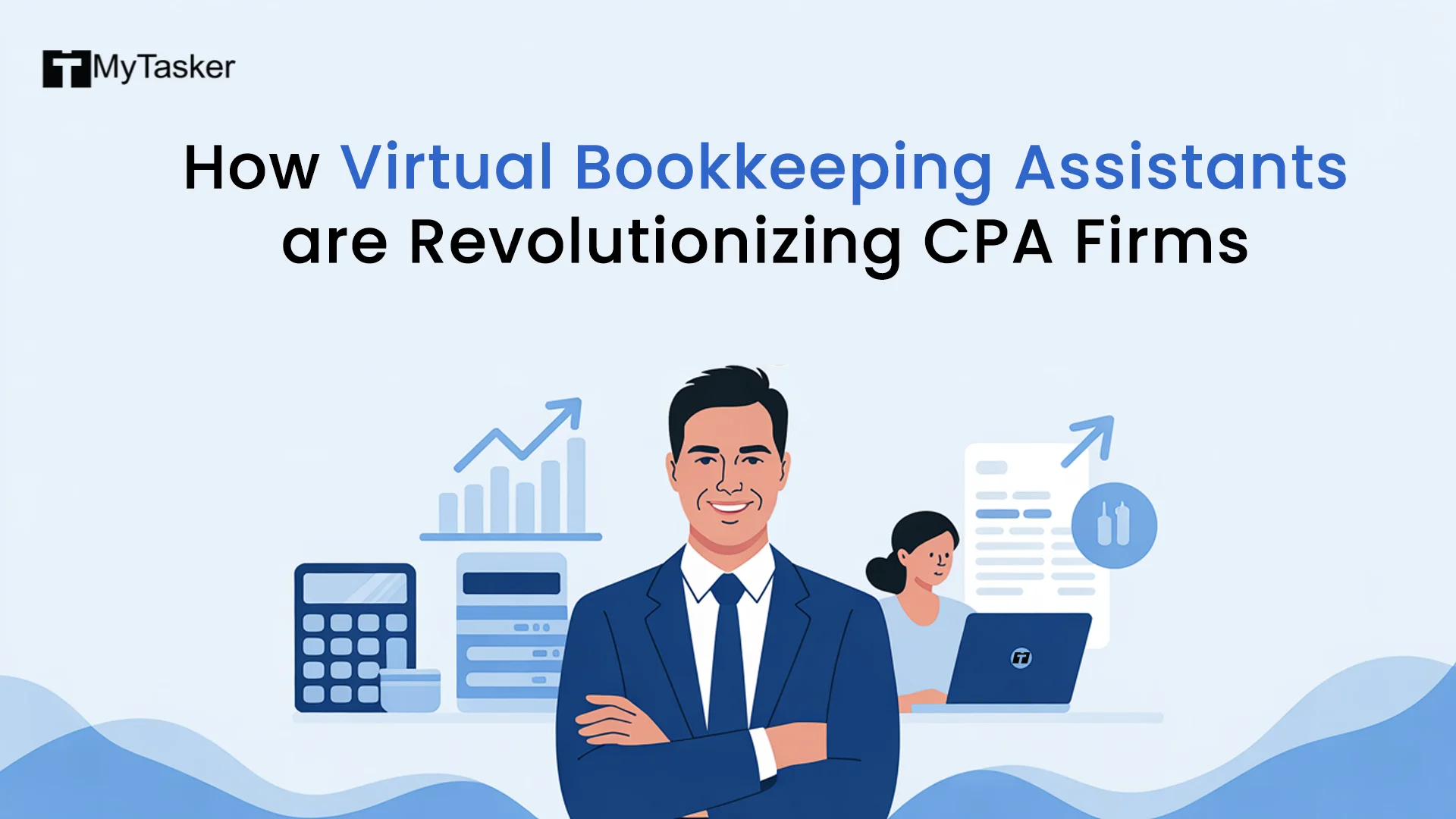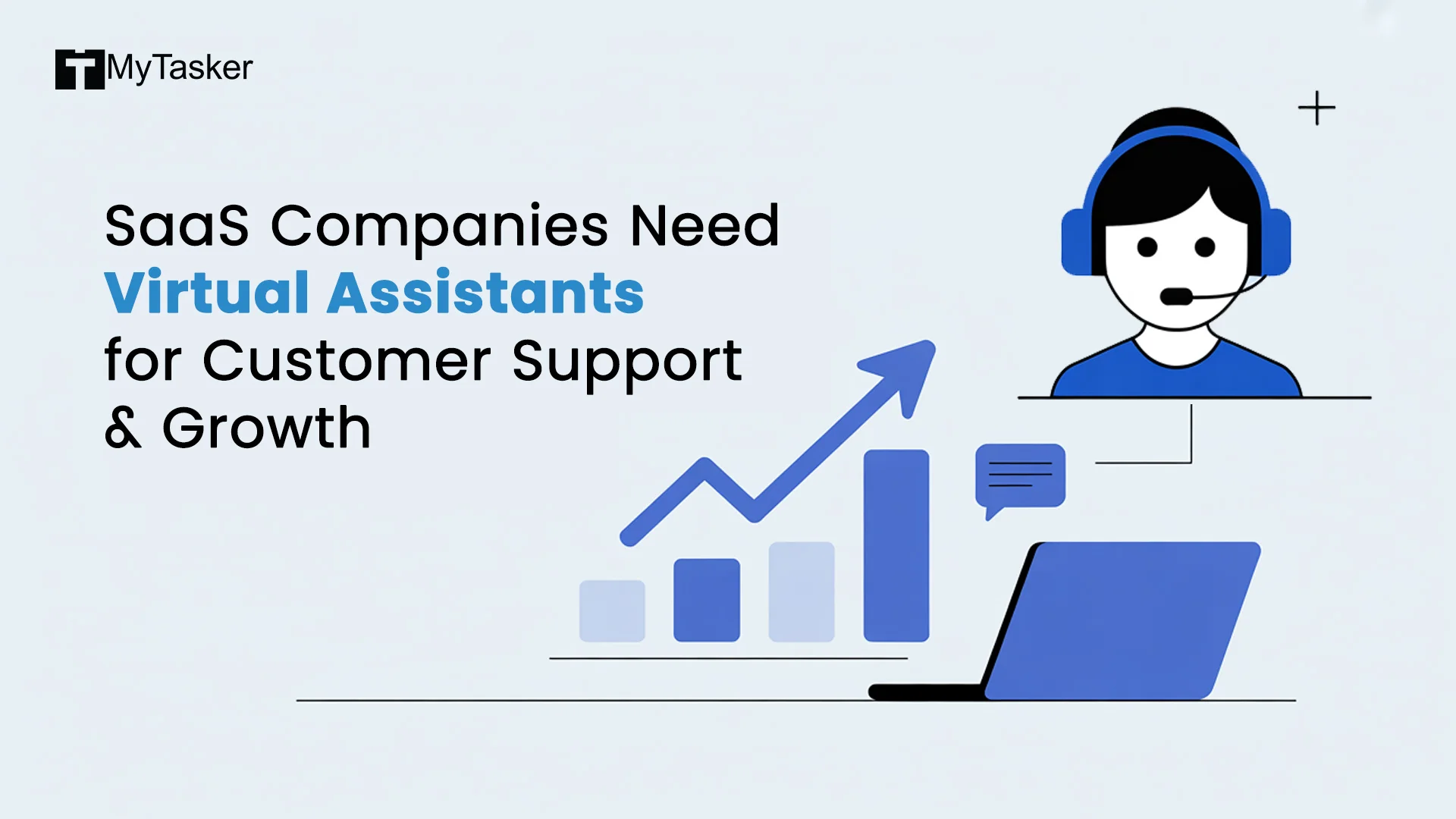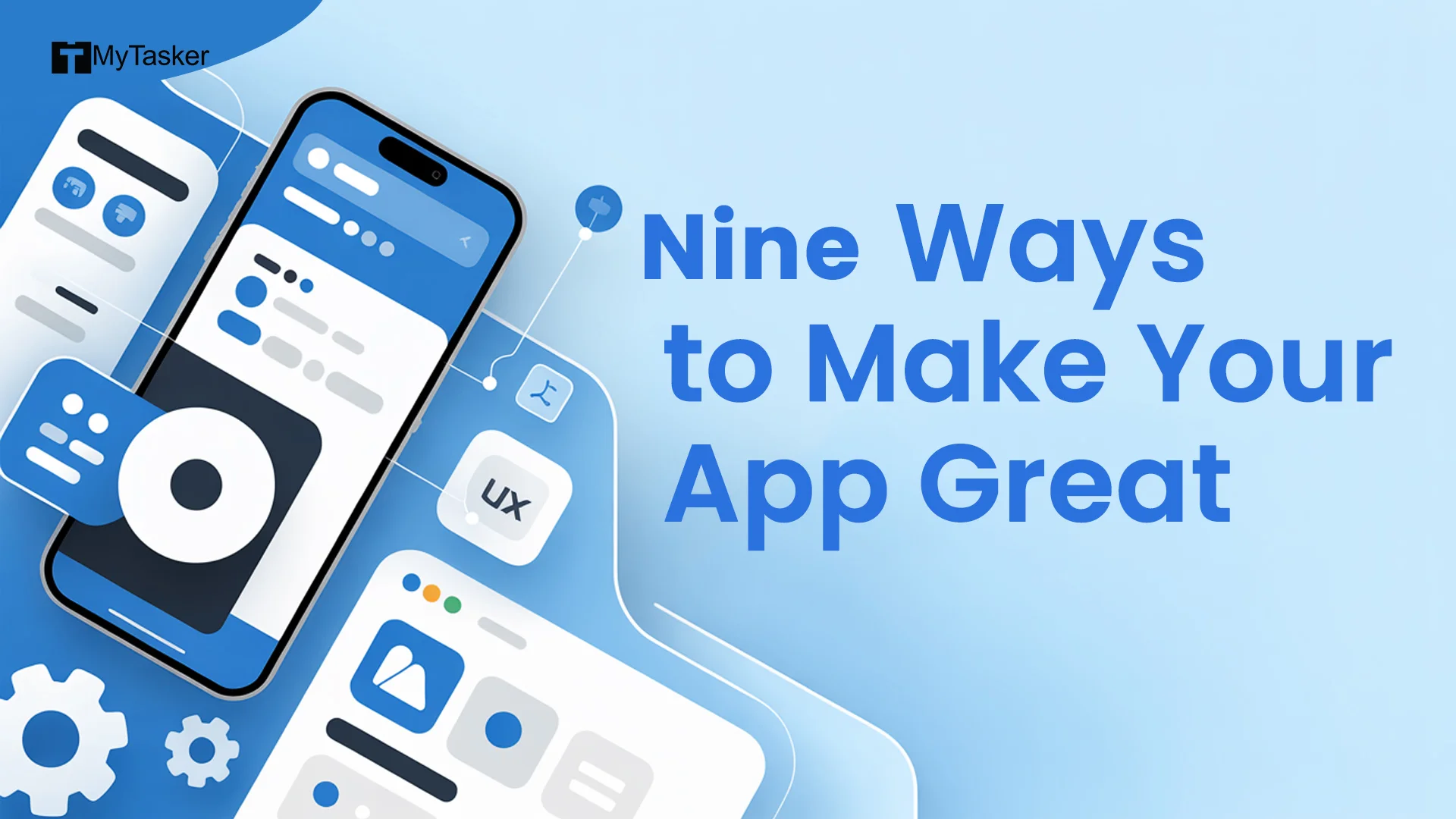An effective way to acquire high-quality leads and boost your online presence is influencer marketing. Now, what is influencer marketing and how does it work?
Before we move on to that, keep in mind that influencer marketing may or may not work for your brand. It does not mean, though, that the right research and planning cannot help you make it work.
However, brands are finding it more and more difficult to navigate influencer marketing strategies.
This blog dives into what influencer marketing is, its advantages, and how to create an influencer marketing strategy for your brand. Let us keep moving!
What Is Influencer Marketing?
Influencer marketing is a kind of social media marketing that uses product or brand mentions, recommendations, and endorsements from influencers.
Influencers are individuals with a sizable social following base and are considered experts in their respective industries. Put simply, influencers are people who can influence others, preferably through social media.
Therefore, influencer marketing involves hiring or collaborating with an influencer to promote your brand.
The Benefits of Influencer Marketing
Does influencer marketing work? Here is how an influencer marketing strategy can reach your business’s objectives and enhance your marketing strategy as a whole:
1. Boost Your Brand Awareness
According to the State of Influencer Marketing: Benchmark Report 2022, 35.7% of brands use influencer marketing to increase their brand awareness. When influencers share your brand’s values, story, and products or services with their follower base, it automatically expands your brand’s outreach.
2. Drive Sales
36.7% of brands use influencer marketing to increase their sales. That is because people tend to feel positive about the brands that their favorite influencers or opinion leaders advertise. So, reviews and testimonials from influencers attract warmer leads, especially in the consideration or evaluation stage of the sales funnel.
3. Diversify Your Content Strategy
Rather than sharing the same kinds of posts or content with your audience, why not liven it up? With influencer marketing, you can encourage an influencer’s followers to share user-generated content, or repost the influencer’s content.
These tactics will help you enrich your ecommerce content strategy so that your audience keeps engaging with your social media posts.
How To Craft an Influencer Marketing Strategy
Follow this step-by-step guide to put your influencer marketing campaign into practice:
1. Define Your Goals
If you decide to use influencer marketing, one of your goals must be to reach new target customers. This is because an influencer marketing campaign will extend your brand’s reach to the influencer’s followers, too.
Other goals you may have for your influencer campaigns can include:
- Increase product consideration
- Drive more sales
- Build customer loyalty
- Communicate and spread your brand values
- Build long-term brand equity
Once you have set your goals, it is time to identify Key Performance Indicators (KPIs) to measure and track those goals.
For example, brand awareness campaigns may have the following KPIs:
- Search interest
- Website traffic
- Total engagement
- The number of mentions in social media
2. Determine Your Target Audience
The second step in knowing how to market with influencers is defining the group of people you are trying to influence, that is, your target audience. For this reason, you need to understand them by developing buyer personas.
While doing so, consider your audience’s:
- Pain points
- Age
- Social status
- Gender, if required
- Income, if required
- Behaviors and interests, including what social media platforms they prefer
- Their current stage in the marketing funnel
3. Set Your Campaign Budget
The global influencer marketing value stood at $13.8 billion in 2021.
You should also take note that the total campaign outreach will depend on your total budget allocated. At least 67% of marketers spend less than $50,000 annually on influencer marketing, while 4% spend more than $500,000.
Influencers tend to set prices based on industry standards, the size of their follower base, the time spent on promoting your brand, and other factors. So, you may have to dish out thousands of dollars for a post on an account with more than a million followers.
In fact, the average minimum price of a sponsored YouTube video by an influencer with over a million global followers exceeded $7,000 in 2020.
Similarly, embedding promotional content in 30-minute or longer videos may require high production costs.
In case you are tighter on budget, you can try reaching out to influencers with smaller follower bases. They can help you test the effectiveness of influencer marketing for your brand with smaller investments.
4. Pick the Right Marketing Channel
Certain social media channels can be more valuable for influencer marketing than others. A 2020 study showed 89% of marketers preferred Instagram as their primary social media channel for influencer marketing. Given that the platform has 1.3 billion monthly active users, this fact is not really surprising.
Other popular influencer marketing channels include YouTube, Facebook, and TikTok, with Snapchat being the least preferred channel.
However, this does not necessitate Instagram as your best option. The right channel for your influencer campaign would depend on the channel’s opportunities and your audience’s goals and interests.
For example, if yours is a B2B business, you may benefit more from picking LinkedIn over Instagram.
The best course of action would be to test various channels and then choose the perfect one for your campaign. If your audience is present on, say, TikTok, Instagram, and Facebook, run low-cost campaigns on each to find the best channel.
5. Shortlist Influencers
Next, create a set of influencer personas that match your buyer personas. Doing so will help you understand what kinds of opinion leaders you want to work with.
Check if the influencer has:
- The same values as your brand
- A similar target audience to that of your brand
- Plenty of likes, comments, views, and shares
- No fake followers
- No duplicate accounts
6. Start Collaborating with the Influencer
It is crucial to see whether the influencer’s tone matches that of your brand. For example, an influencer who shares cheeky content may not be the right fit for a formal brand.
At the same time, influencers want a certain amount of freedom in creating content. If you allow them to showcase their skills, they will provide you with their most valuable work possible.
So, instead of managing the entire campaign, you can offer them with a set of general guidelines as to how you want the content to turn out, or what you are looking for.
In the campaign brief, you can mention:
- The social media platform where you want to set up the campaign
- The campaign’s goals or Call-To-Actions (CTAs) the influencer needs to incorporate
- A small list of things about your brand or your offerings the influencer may consider saying in their message to your target audience
Before sending the campaign brief, a good idea is to develop a contract with the influencer. This document should clarify:
- The campaign details
- The terms of content ownership
- The deadlines for sending you or posting the content
- Desirable campaign outcomes
- Any other point you think is important or that may be controversial and needs to be cleared up before the work starts
7. Measure the Campaign Results
Vanity metrics such as likes, views, and shares can be tempting. The effectiveness of an influencer marketing campaign, though, depends on the return on investment (ROI). The State of Influencer Marketing 2022 Benchmark Report reveals that 71% of brands track sales from their influencer campaigns.
For instance, you can use Urchin Tracking Module (UTM) parameters to measure the engagement your campaign has received. These can also help you track the visitors an influencer has sent to your website.
To utilize UTM parameters, you need to assign unique links with UTM codes to each influencer. The same study declares that least 45% of brands track influencer-generated sales using referral links.
However, there is a far easier way to get a clear picture of the campaign results. Why not ask the influencers themselves for detailed reports on the engagement levels and reach of their posts?
Conclusion: How Influencer Marketing Works
So, what is influencer marketing and how does it work? Well, you must have learned by now that influencer marketing provides social proof to your potential customers about your brand. For better results, you can combine this approach with email marketing, chatbots, and other marketing channels.
However, the lack of time or manpower may prevent you from achieving success in influencer marketing. To work around this problem, you can try getting in touch with the Digital Marketing Experts at MyTasker. They can help you research and collaborate with influencers in your industry, along with measuring the success of your influencer marketing campaigns.















